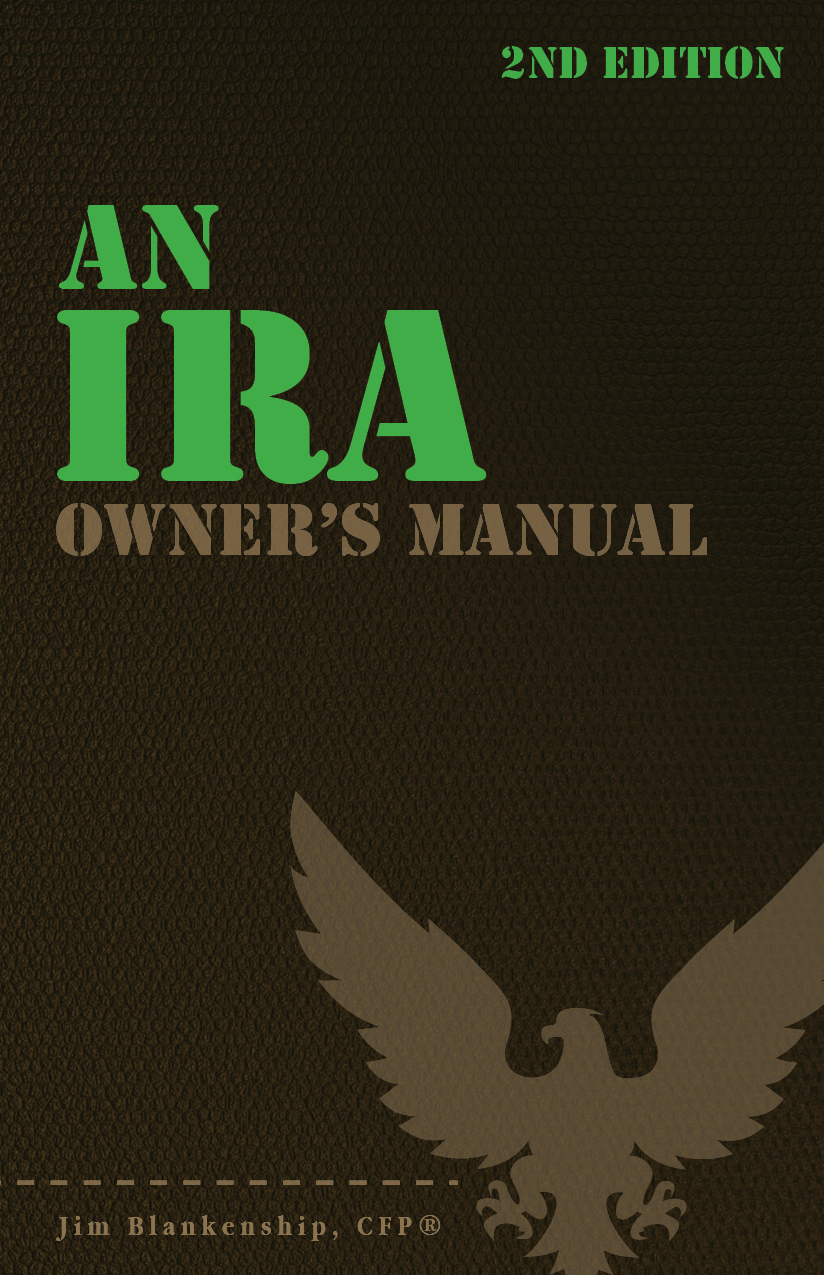 For anyone who has ever had a 401(k), 403(b), or a deferred compensation (457) retirement plan, (which is a high percentage of you, I assume) – there’s a major difference to an IRA that you might find interesting and/or useful. The difference is in the legal requirements for beneficiary designation.
For anyone who has ever had a 401(k), 403(b), or a deferred compensation (457) retirement plan, (which is a high percentage of you, I assume) – there’s a major difference to an IRA that you might find interesting and/or useful. The difference is in the legal requirements for beneficiary designation.
ERISA
The Employee Retirement Income Security Act (ERISA), passed back in 1974, set several rules in place with regard to retirement plans – known as qualified retirement plans or QRPs. QRPs include the 401(k), the 403(b), and any other CODA (Cash Or Deferred Arrangement) sort of account provided by your employer. One of those provisions is primarily to protect your spouse. When filling out your paperwork to open the account, you might have noticed on the beneficiary designation page that, in order to designate someone other than your spouse, you are required to get your spouse’s signoff. In this way, your spouse cannot be disinherited from your QRP without his or her specific consent.
I don’t know for sure of any circumstances where this has caused a major problem, but it is a restrictive provision nonetheless. The primary time that this could be a problem is if the spouses are estranged but still legally married, or when a spouse has gone AWOL and cannot be found. Nonetheless, this provision is in place for the protection of the spouse of the account holder.
Upon the death of the account holder, regardless of who is designated as the beneficiary, the spouse automatically is entitled to 50% of the QRP. If someone other than the spouse is named as a beneficiary, the spouse will receive 50% of the account. The spouse can sign a waiver of his or her 50% of the account, but generally these are only accepted if the spouse who signs the waiver is at least 35 years of age, depending on the plan.
IRA
On the other hand, an IRA account is not covered by ERISA – and as such does not carry the spousal consent provision. You are free to designate anyone you choose, including a trust or charitable entity, without the knowledge or consent of your spouse. Although this could cause a surprise for your spouse if the first time he or she learns of your beneficiary designation is after your passing – this can provide the IRA owner with a great deal of flexibility in making personal beneficiary decisions.
Don’t get me wrong, I do not advocate keeping secrets with regard to your beneficiary designations. On the contrary, I recommend that you and your spouse talk things over and agree on all things financial, IRAs and other retirement accounts especially. But this provision, or rather lack of a rule, might provide you with some additional leeway that you’re looking for in your unique circumstances.


 Sterling Raskie, MSFS, CFP®, ChFC®
Sterling Raskie, MSFS, CFP®, ChFC® The latest in our Owner’s Manual series, A 401(k) Owner’s Manual, was published in January 2020 and is available on
The latest in our Owner’s Manual series, A 401(k) Owner’s Manual, was published in January 2020 and is available on  A Medicare Owner’s Manual, is updated with 2020 facts and figures. This manual is available on
A Medicare Owner’s Manual, is updated with 2020 facts and figures. This manual is available on  Social Security for the Suddenly Single can be found on Amazon at
Social Security for the Suddenly Single can be found on Amazon at  Sterling’s first book, Lose Weight Save Money, can be
Sterling’s first book, Lose Weight Save Money, can be  An IRA Owner’s Manual, 2nd Edition is available for purchase on Amazon. Click the link to choose the
An IRA Owner’s Manual, 2nd Edition is available for purchase on Amazon. Click the link to choose the  Jim’s book – A Social Security Owner’s Manual, is now available on Amazon. Click this link for the
Jim’s book – A Social Security Owner’s Manual, is now available on Amazon. Click this link for the  And if you’ve come here to learn about queuing waterfowl, I apologize for the confusion. You may want to discuss your question with Lester, my loyal watchduck and self-proclaimed “advisor’s advisor”.
And if you’ve come here to learn about queuing waterfowl, I apologize for the confusion. You may want to discuss your question with Lester, my loyal watchduck and self-proclaimed “advisor’s advisor”.